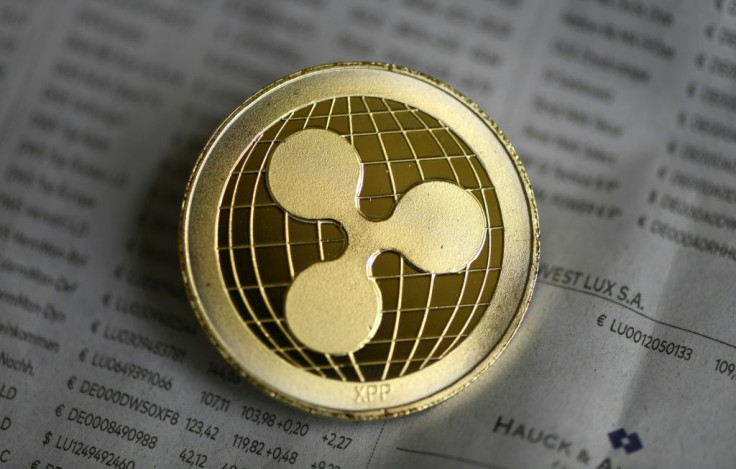2 Top Cryptocurrencies To Buy For The Long Haul
Want to invest in a cryptocurrency that might actually be useful? Look no further than Cardano (CRYPTO:ADA) and Ripple (CRYPTO:XRP). While blockchain technology is still far from the mainstream, these networks will help encourage its adoption with their potential use cases in decentralized application development and cross-border payments. Let's dig deeper.
1. Cardano
Up over 1,000% year to date to a market cap of $67 billion, Cardano's ADA token is the sixth-largest cryptocurrency on earth. And while the asset has already enjoyed a great run in 2021, it looks poised for continued growth as developers expand the potential of its programmable blockchain.
Unlike Bitcoin, which is designed to function as a store of value and medium of exchange, Cardano allows users to create complex decentralized applications (DApps) on its network. DApps are self-executing programs that allow users to interact on the blockchain without a centralized intermediary. And they include decentralized cryptocurrency exchanges and digital art markets.
The jury is still out on whether DApps outperform their centralized counterparts (it's largely a matter of preference and privacy concerns). But they can boost Cardano's valuation because they use its native token, ADA, to pay fees and transact on the network. In September, IOHK, the developer behind Cardano, announced plans to create a certified DApp store to help boost the security and discoverability of Cardano-based DApps -- a move that could help boost adoption.
Cardano isn't the only public blockchain optimized for DApp development, but crypto isn't a zero-sum game. The opportunity seems to be growing fast enough for multiple competing assets (including Ethereum and Solana) to coexist without "killing" each other.
2. Ripple
Ripple is a blockchain network that facilitates cross-border transactions through its native token XRP. Founded in 2012, Ripple has soared to become the seventh-largest cryptocurrency (with a market cap of $55 billion), and it can maintain its growth rate through a laser focus on solving real-world problems in the payments industry.
According to data from Research and Markets, the global digital remittance market (typically immigrants sending money to friends and family in their home country) is expected to expand at a compound annual growth rate (CAGR) of 13.3% to $42 billion by 2028 as globalization and migration drive the need for financial connectivity. Ripple can capture a chunk of this growth because of its ultra-low transaction cost of 0.0001 XRP (less than a penny) and almost instant transfer times, compared to one to five working days for a traditional bank transfer.
Technically, most cryptocurrencies can be used for cross-border payments. But Ripple's competitive edge comes from its high transaction capacity of 1,500 per second (compared to Bitcoin's 4.6) and its burgeoning mainstream adoption.
According to its website, more than 100 financial institutions have partnered with Ripple's enterprise blockchain network (RippleNet), including Santander and American Express. The platform helps companies transfer money across over 55 countries and 120 currency pairs with the option to use the XRP token for liquidity.
Investing for the long haul
It can be tempting to bet on risky meme coins in the hopes of getting rich quickly. But tokens with strong fundamentals are more likely to stand the test of time because of their potential for real-world usefulness. Cardano and Ripple fit the bill, making them great investments for the long haul.
This article originally appeared in the Motley Fool
Will Ebiefung has no position in any of the stocks mentioned. The Motley Fool owns shares of and recommends Bitcoin, Cardano, Ethereum, Ripple, and Solana. The Motley Fool has a disclosure policy.





















